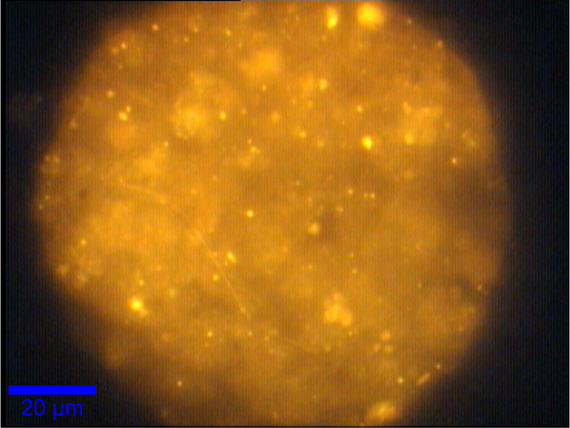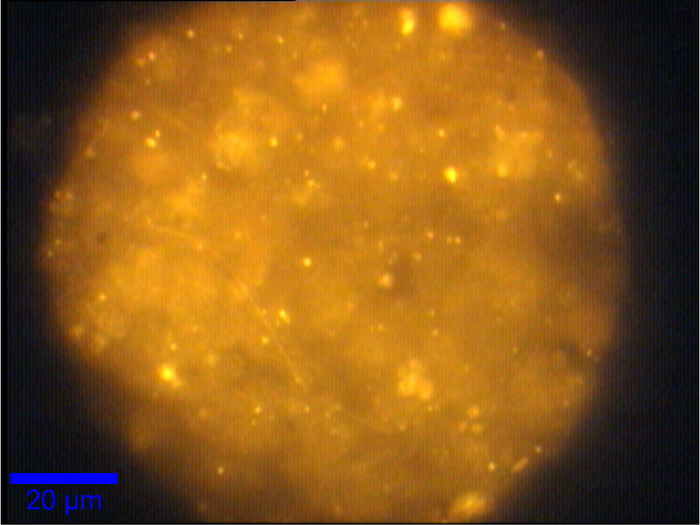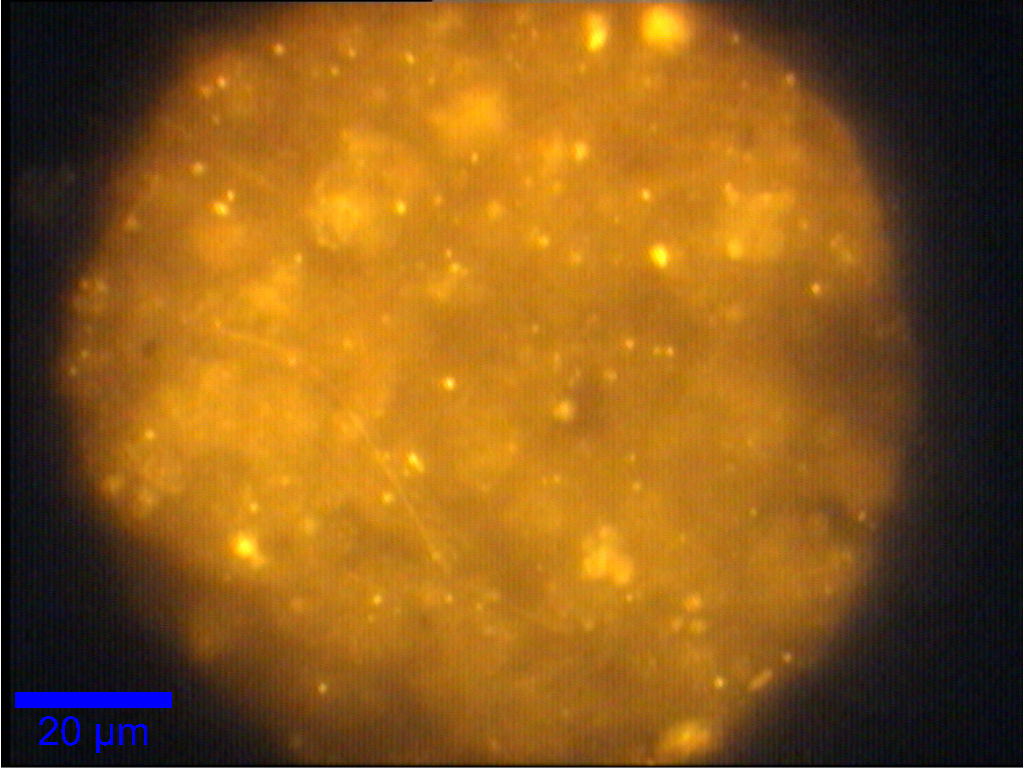


[Text en: Biofilme]
Biofilms are complex, highly structured microbial communities that form on almost every non-sterile, non-abrasive humid interface or as free-floating granules in aquaeous liquid. A biofilm may be formed by a single or by many species of bacteria, archaea, and other microbes.
The properties of a biofilm are distinctly different from the properties of the associate microbes, allowing the biofilm as a meta-organism to survive and even thrive under extreme conditions that few unassociated species can survive on their own. Biofilms may be very useful or very harmful, depending on their composition.
Here are just two examples of harmful biofilms:
- bio corrosion of steel in oil and gas pipelines creates very high maintenance costs and often causes significant leakage and environmental contamination esp. in remote areas with less frequent controls.
- extreme resistance to antibiotics, desinfectants, and even UV-light is observed even in biofilms consisting only of a few cells connected by thin filaments along a surface, resulting in a significant risk of contamination in operation rooms even at minimal invasive procedures..
On the other hand, biofilms are an invaluable natural resource. Two examples for these are:
- biological wastewater treatment. Biofilms remove phosphates, nitrate, nitrite, etc. from wastewater world wide with removal rates far above any chemical/technical procedures available to us.
- the binding and safe removal of dangerous environmental toxins: from crude oil to heavy metals (for example Cadmium) and even radioactive nuclides (such as uranium).
Understanding biofilms requires information about the associated microbes, their species, their spatial distribution, their immediate neighbors, their habitat, etc.
Confocal Raman microscopy in combination with a protein-specific resonance effect allows the analysis of the associated microbes in living, undisturbed biofilms in three 3D and over time, allowing the study of inoculation and development of biofilms. An example of this is this dive into a nitrifying biofilm.
Currently, we aim to acquire funding for a long time experiment to determine the phylogeny, i.e. the relative relatedness, of associated bacteria via confocal Raman microscopy. This will allow us to directly observe and record biofilm formation and habitat formation within the biofilm..
Your Contact


30167 Hannover





